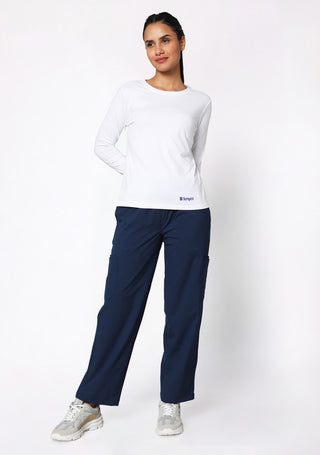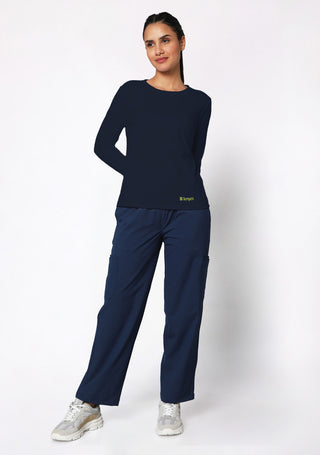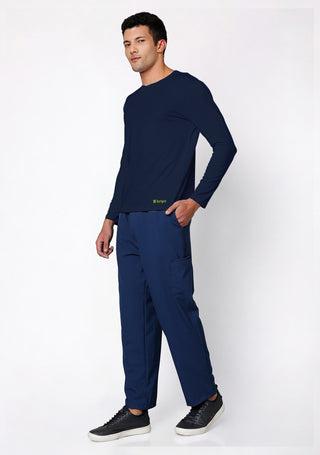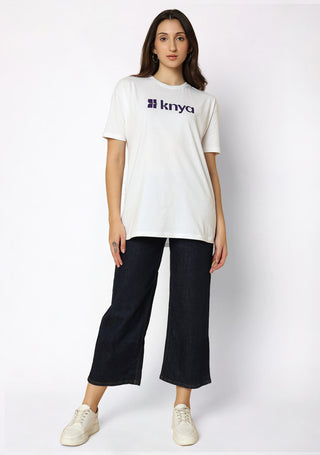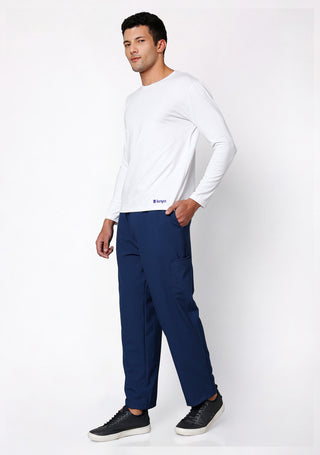The evolution of medical scrubs from functional garments to fashionable attire is a testament to how healthcare workers’ needs and desires have shaped the industry. Today’s scrubs are not only designed for optimal performance, comfort, and hygiene but also allow for self-expression and style. As medical technology and materials continue to improve, so too will the evolution of medical scrubs. They will undoubtedly continue to evolve to meet the growing demands of healthcare workers, incorporating cutting-edge fabrics, sustainable practices, and design elements that reflect the changing landscape of healthcare.
The Origins of Medical Scrubs
The origins of medical scrubs can be traced back to the late 19th and early 20th centuries when surgeons and other medical professionals were beginning to recognize the importance of hygiene in the operating room. Prior to this, physicians and surgeons wore their everyday clothes while performing surgeries. These outfits often included suits, coats, and ties, and were rarely cleaned in between operations. With the rise of antiseptic techniques introduced by pioneers like Joseph Lister, the importance of sterilization and cleanliness in medical practice became paramount.
The Birth of Medical Scrubs
In the 1960s, the development of disposable materials and an increased understanding of hospital hygiene led to the introduction of the medical scrub as we know it today. The original design of medical scrubs was simple: a loose-fitting top and pants made from cotton or a cotton-blend fabric, typically in a neutral color such as pale green or blue. These colors were chosen because they were soothing to the eyes, especially in the context of the intense and often distressing environment of the operating room.
The introduction of scrubs was not only to improve hygiene but also to create a more uniform
The Functional Role of Scrubs
The main purpose of medical scrubs has always been functionality. Scrubs are designed to be easy to clean and sterilize, ensuring that bacteria and viruses do not spread from one patient to another. They are also intended to be comfortable for healthcare workers who spend long hours on their feet, performing physically demanding tasks in fast-paced environments. The loose-fitting nature of scrubs allows for freedom of movement, while the simplicity of the design makes them easy to put on and take off, which is crucial in high-pressure situations.
From Function to Fashion: The 1980s and 1990s
While the practical design of medical scrubs remained relatively unchanged for decades, the 1980s and 1990s marked the beginning of a shift towards making scrubs more comfortable and personalized. During this time, advances in fabric technology led to the development of more durable and flexible materials, which allowed for greater comfort and better performance. Healthcare workers were now able to choose scrubs made from fabrics that were softer, stretchier, and more breathable, allowing them to work more comfortably.
As the healthcare industry grew, so did the demand for a broader range of scrub options. Nurses and other medical professionals began seeking scrubs that reflected their personal style. This shift in consumer demand led to the introduction of various colors and patterns in medical scrubs. Instead of the standard green or blue, scrubs were now available in an array of colors, including vibrant hues such as purple, pink, and teal, as well as designs featuring cartoon characters, floral prints, and fun patterns.
Explore All Women's Scrub
The Modern-Day Scrubs Industry
Today, medical scrubs have become more than just workwear. The medical scrub industry has grown into a multi-billion dollar global market, with a vast array of options for healthcare professionals to choose from. In addition to a wide selection of colors and patterns, scrubs are now available in a variety of cuts and styles, including fitted, tapered, and even tailored options. Medical professionals can now purchase scrubs that are designed to fit their body shape, offering more options than the loose, boxy designs of the past.
Branding has also become a significant part of the modern scrub industry. Companies that specialize in medical apparel have capitalized on the trend of personalized and stylish scrubs, offering options that range from luxury to affordable lines. Major brands have emerged, creating scrubs that cater to various healthcare professions and personalities. This includes brands like Grey's Anatomy, Figs, and Cherokee, which market not only the quality of their materials but also the “lifestyle” of wearing their scrubs.
Browse best Scrubs Collection
Scrubs in the Age of Social Media and Influencers
The influence of social media and online influencers has significantly impacted the world of medical scrubs. Healthcare professionals now share their experiences on platforms like Instagram, YouTube, and TikTok, where they showcase their favorite scrub brands, demonstrate the comfort of different fabrics, and discuss the style options available. Influencers and bloggers have also been instrumental in bringing attention to niche scrub brands, further elevating scrubs from basic workwear to fashionable clothing.
Scrubs are no longer just something worn for practical purposes; they have become part of a medical worker’s identity. They reflect an individual’s preferences, style, and values, from eco-conscious choices like organic cotton scrubs to scrubs made by companies committed to ethical manufacturing practices. With the rise of online shopping and global access to scrub collections, healthcare workers can easily curate their wardrobe and find pieces that make them feel confident and comfortable while working.
Shop the Best Lab Coats from Here!




